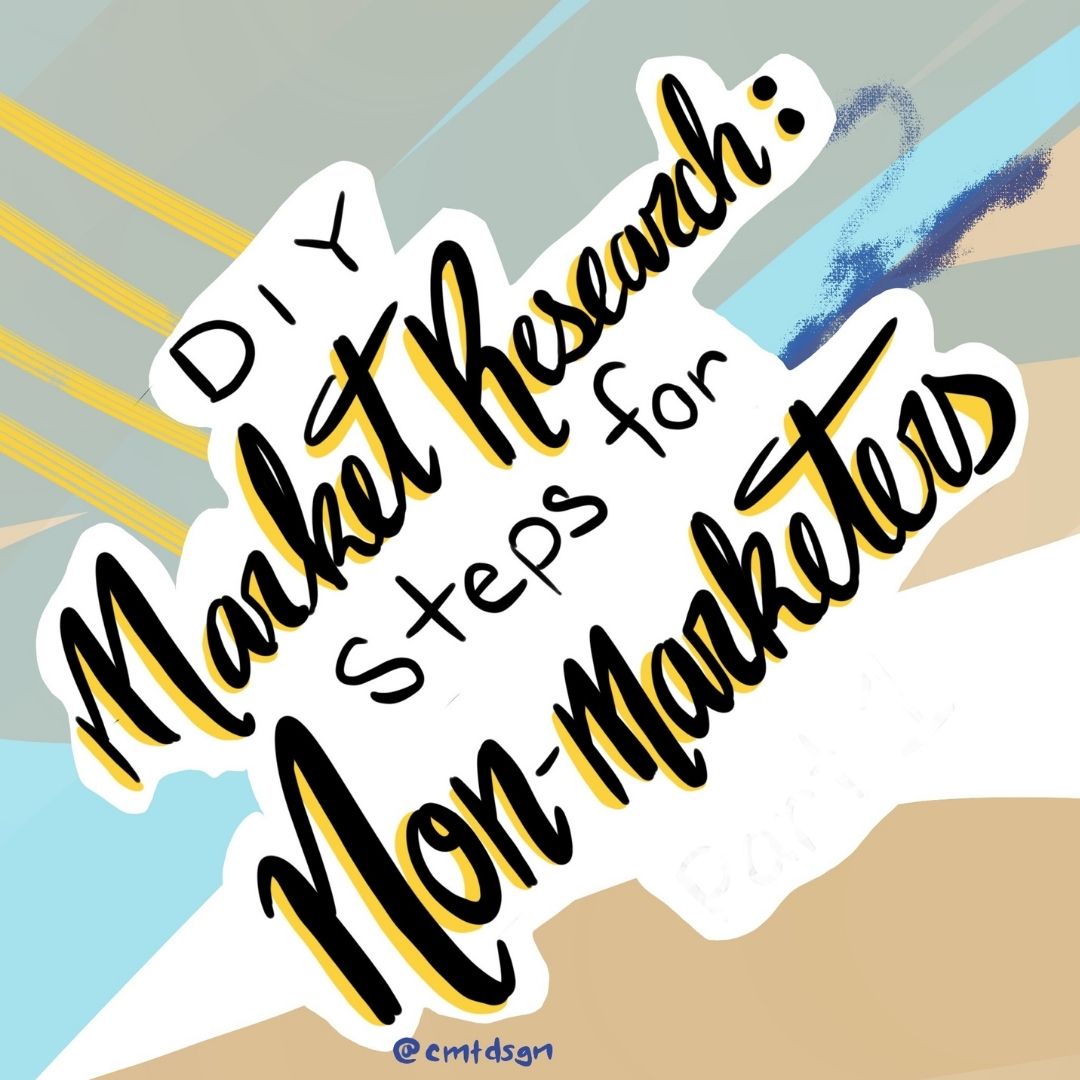The importance of market research is the focus for all brands, its the gold you need for building a successful business. Market research gives you the advantage in getting to know your ideal client. Get deep into their needs, wants, desire, and preferences in looking for information and how they connect with others.
No need to be a pro marketer with these simple steps, you can to start doing your very own market research. You learn about your people right at the root. You get to hear from them, learn about them and build a greater understanding.
In this blog post, you get actionable steps for conducting your own market research.
Primary Research vs. Secondary Research
Primary research is collecting original data you found through surveys, interviews, and observations. It can take time to collect the data, but you have control over the data and the process. It’s personal built data that you will not find in a secondary source.
Secondary research is data collected by others that already exists. You can find this type of data on forums such as, Reddit, Facebook group comments, or Instagram comments, articles or reports via the industry and government.
Comparing primary research to secondary research.
The primary is much more specific, insightful and deeper. Whereas secondary research only skims the surface of your hypothesis or question and lacks depth.
Qualitative vs. Quantitative
Quantitative research is a type of research that relies on numerical data, such as statistics, to analyze and draw conclusions. This type of research uses structured methods such as surveys, experiments, and statistical analyses to collect data. It is usually based on a large sample size and aims to generalize findings to a broader population. The results of quantitative research are in numerical terms, and the research is typically more objective and less subjective.
Qualitative research pulls away from the numbers and stats and goes in-depth and more personal. It adapts to an unstructured method, such as interviews and focus groups. Collect data from smaller samples to get details and understanding of a specific issue or topic. Tap into the psychographics and behaviours of those individuals in private interviews or small groups. The research focuses on subjective forms then less objective.

Step 1: Set the Intentions for this Market Research
Set the goal for this research in prepping for the onset of collecting data. Know why you are doing this. Have a clear idea of what you are looking for and what you hope to get in this research.
Journal and ask yourself, What is your goal and motives for this research, and what exactly are you looking for? Be clear! Ask yourself. What you looking to achieve in this research, and what you hope to get out of this? Make sure you have all this collectively clear so that when you start your research, it will be focused, and your data will be super accurate. Define your objectives to help you stay focused for accurate data.
Brainstorm some incentives you can give your candidates because their time and thoughts are valuable! Some ideas of incentives would be gift cards, monetary rewards, giveaways, discounts, and packages.
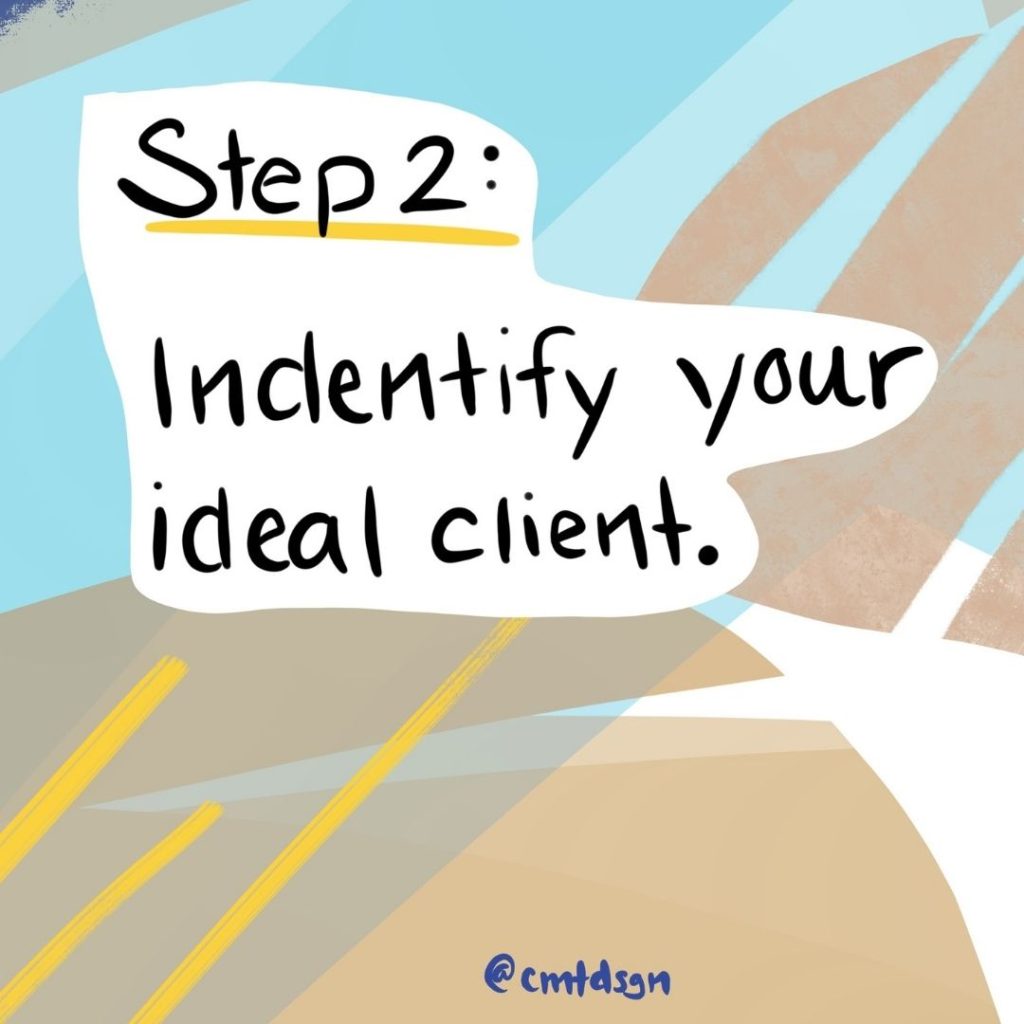
Step 2: Identify your Ideal Client
Define your ideal client, the person you desire to work with and help. Get deep into their psychographics, such as interests, problems, challenges, desires, behaviors, needs, and skim the surface of demographics. When you know, specifically, who you want to help, it will act as a compass in finding the right candidates for your research. That way you tailor your research to their needs and preferences.
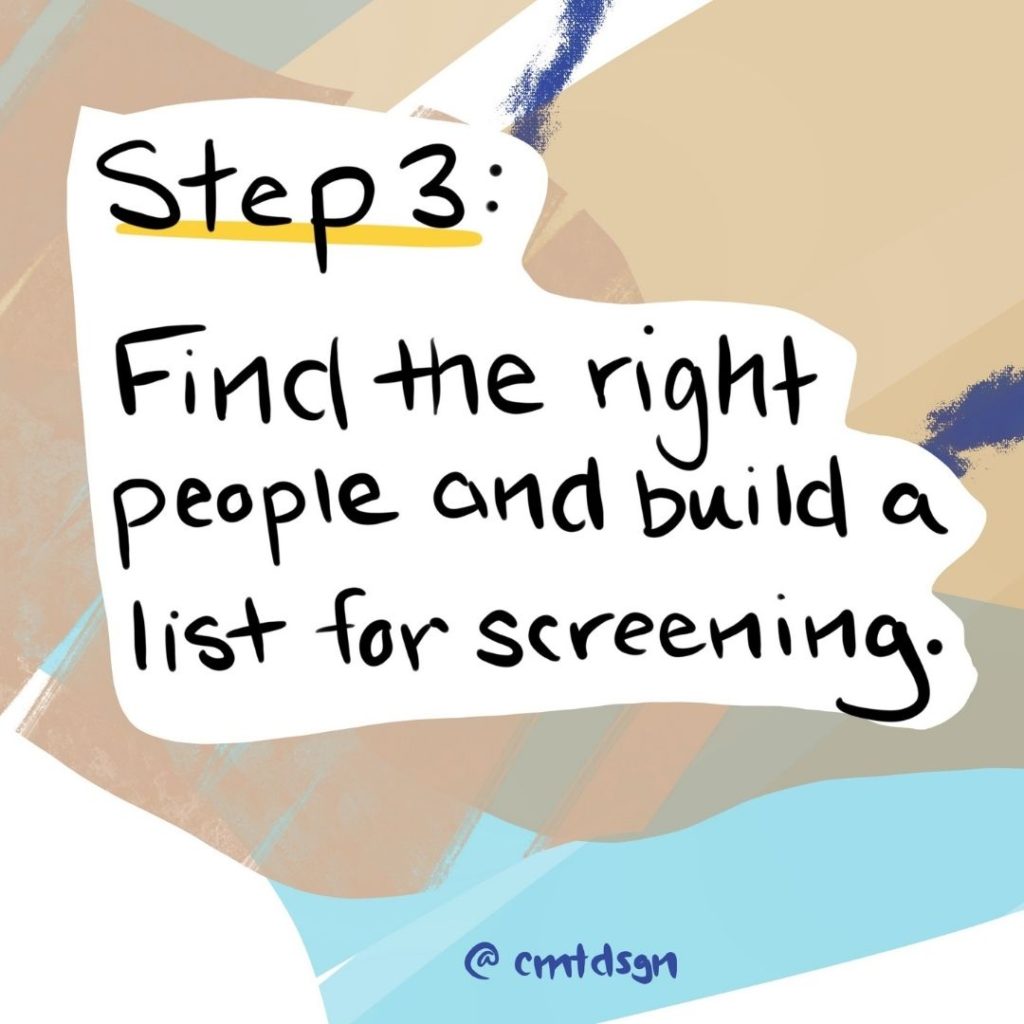
Step 3: Identify the Right People To Engage in Market Research
Using the client profile you built in step two as a reference to find potential people. Start online by looking at focsued Facebook communities. For example, if you are working with new moms, go to focused new mom Facebook groups to see who might be interested in participating in your research project. You can look to Reddit as well or just Instagram profiles.
Screen the candidates before taking them fully on board in your research to ensure nothing is skewed. Everyone aligns with your goal and your ideal client. The method in screening them is through a quick questionnaire to learn a bit about them and where they are in their journey. Or you can do an intake call with them to meet them through a video chat, and do the questionnaire that way. It will give you an idea of the type of person and how they can help you in your research. We do not want to waste other people’s time or our own time and energy.
Make a list of the people you want to contact for official interviews.
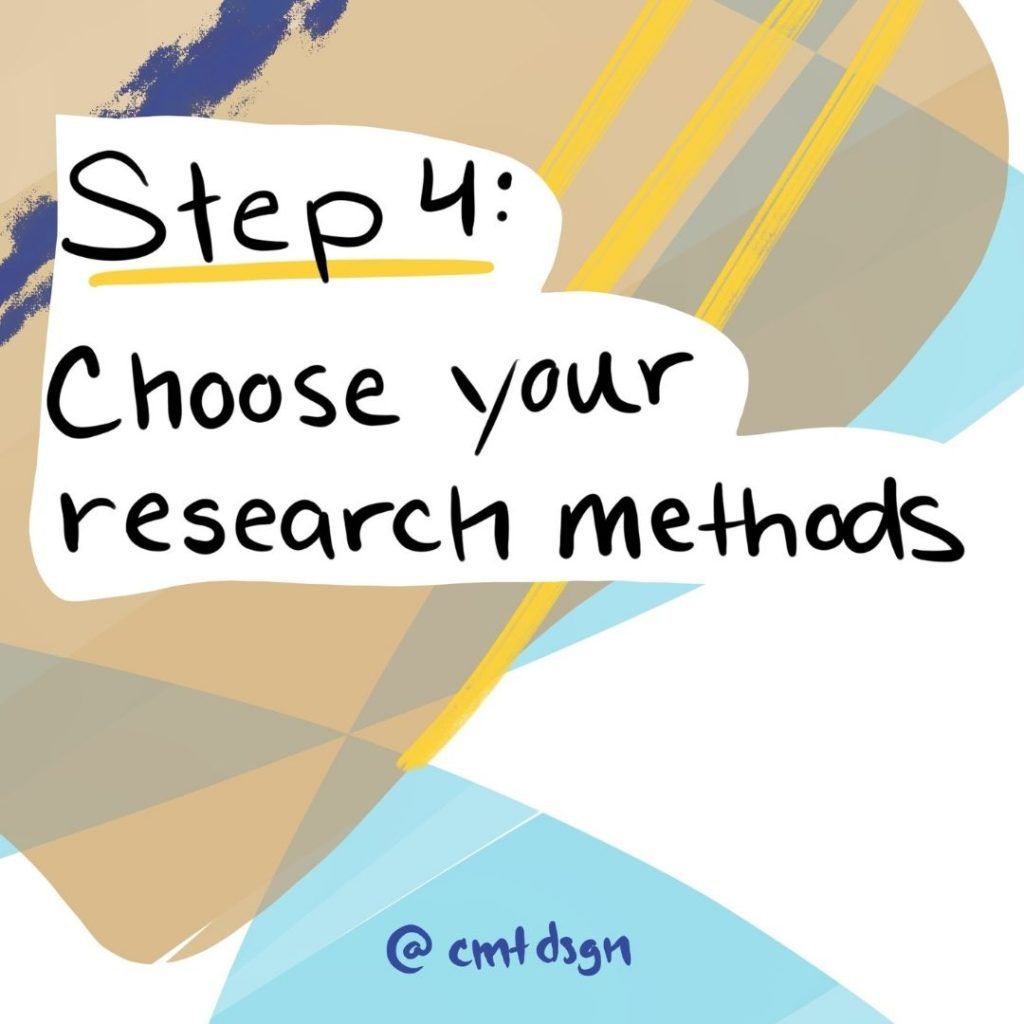
Step 4: Choose your Research Methods
Decide on the type of method you will use to collect the data. Revisit your goal based on what you are striving for. Ask yourself, is it better to collect qualitative data or quantitative data? Each will give you very different results, so the goal is more specific, then qualitative data would be much better here. You will focus on the details and get deeper into the psychographic problem.
If the goal is not specific and more general, go for the quantitative method. The focus for this method is to collect a larger size in peoples thoughts on a problem or topic.
If you are confused, here is another example. For collecting a large group of feedback in a survey would be much easier to collect data. But if looking to get more insight, focus groups are ideal for this case. The research gives you time with them and learn about them. In result gives you data with quality and depth.
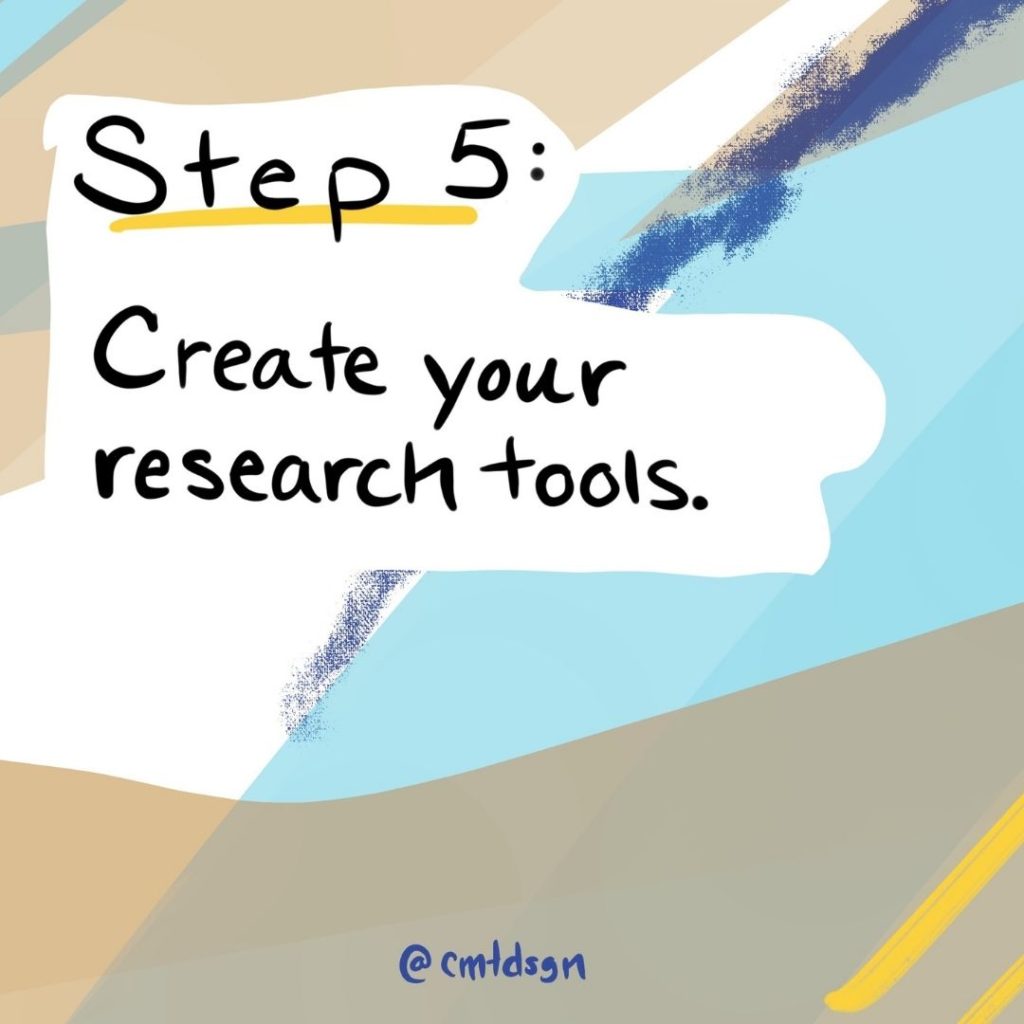
Step 5: Create your Research Instruments
Once you define your method from step four, start to build the tools you need to run the sessions. If you have to create anything for the candidates, be sure it’s clear, to the point, and unbiased. Example of tools, such as questionnaires, observation checklists, discussion boards, and presentation docs.
Have this been done in advance so you are not rushing and the process will be seamless.
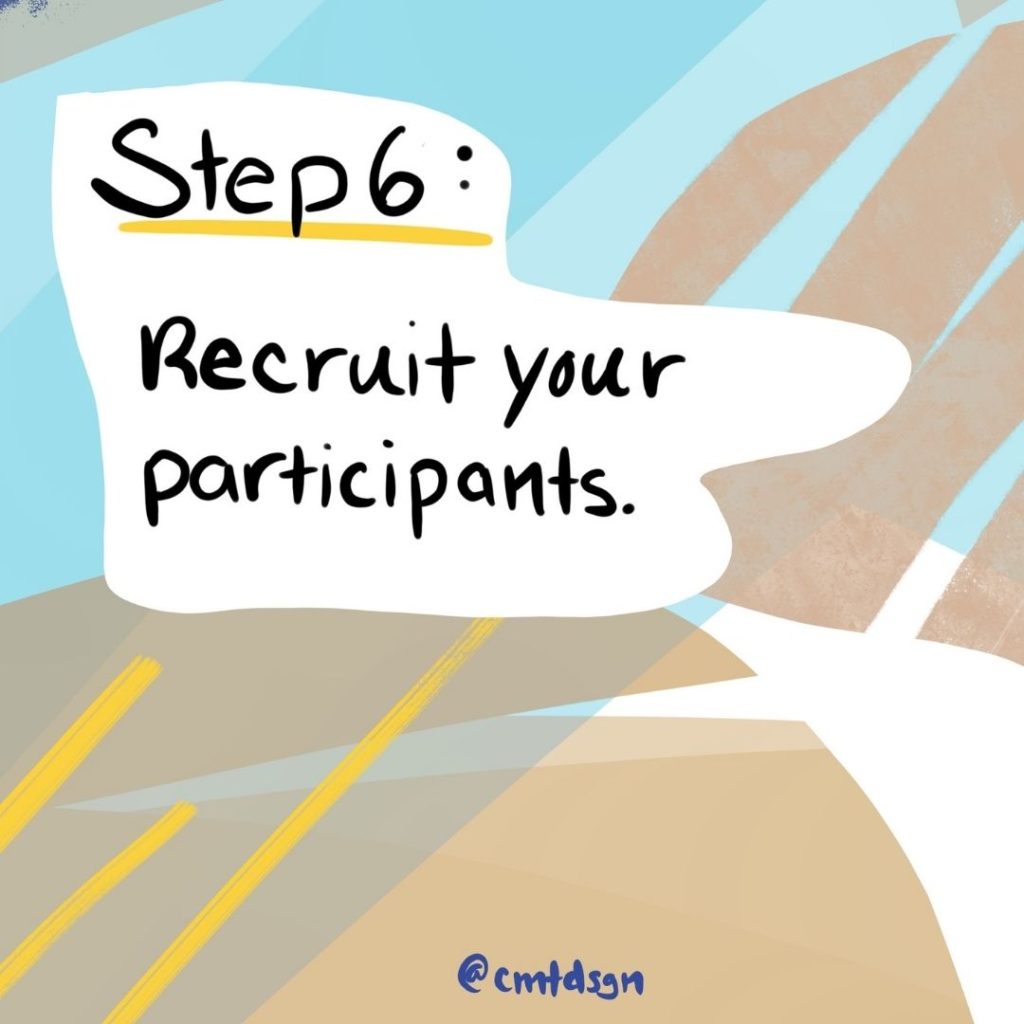
Step 6: Recruit your Participants
Through the research and screening, you did in step three and making a list of potential people. Next, is contacting them and booking sessions or sending out the information needed for the research. Make sure you obtained their consent to participate.

Step 7: Collect and analyze your data
Run the research sessions from the participants you have selected and stick to the concluded research method. If you chose focus groups as your main form of collecting data be consistent with how its presented. Conclude Zoom or in-person sessions for each one that you run. Before running the session, ask them for consent for recording or using their name in collecting data. Once you finish running the sessions, collect and analyze all the data you found and map them up in Excel for quantitive analysis. Qualitative data is in narrative form, you read or listen to the dialog. Gather themes or repetitive dialog, and place them into a mind map to help find the overall theme or big picture.
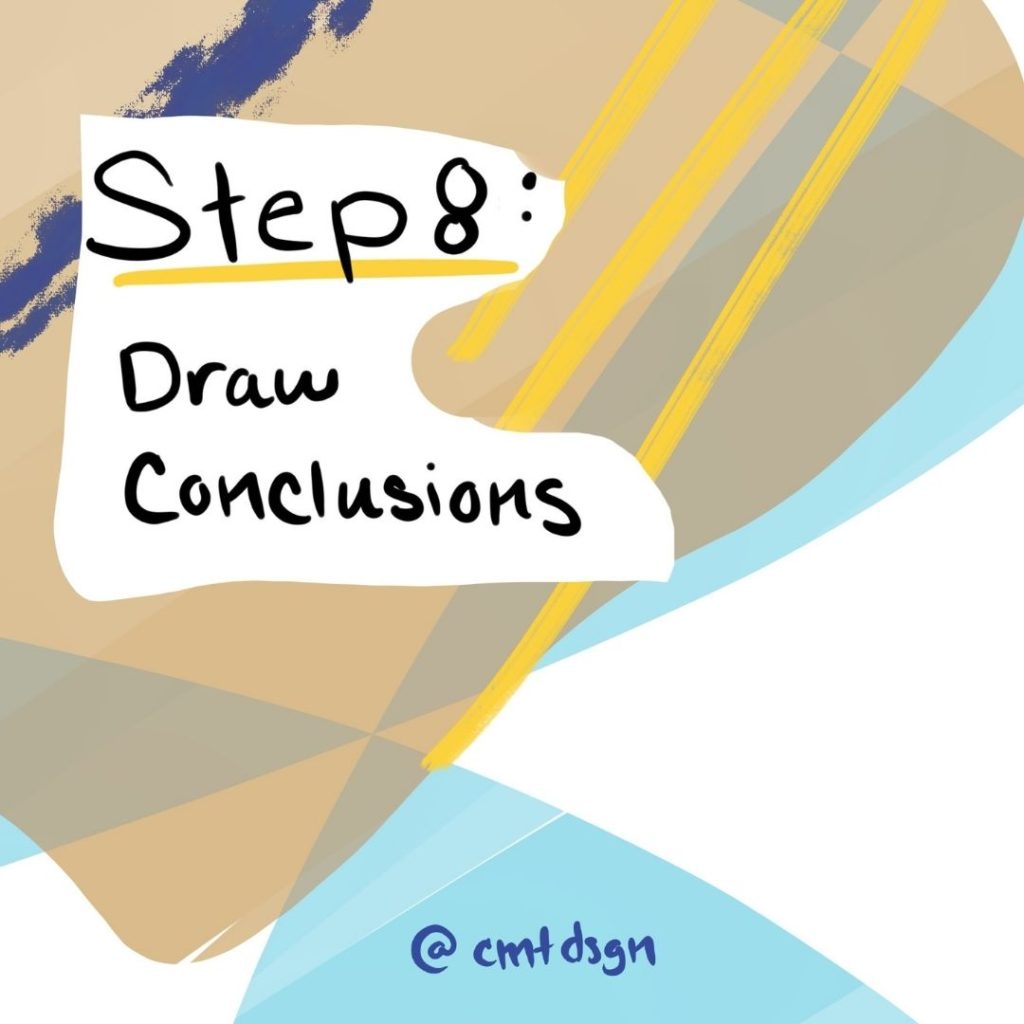
Step 8: Conclude and Make Recommendations
After analyzing all the data, journal or make a note of what was the overall findings and conclusion from what you discovered. These conclusions must be actionable and related to your business goals, so you can apply them to your business in any form, whether a new offer or new content.
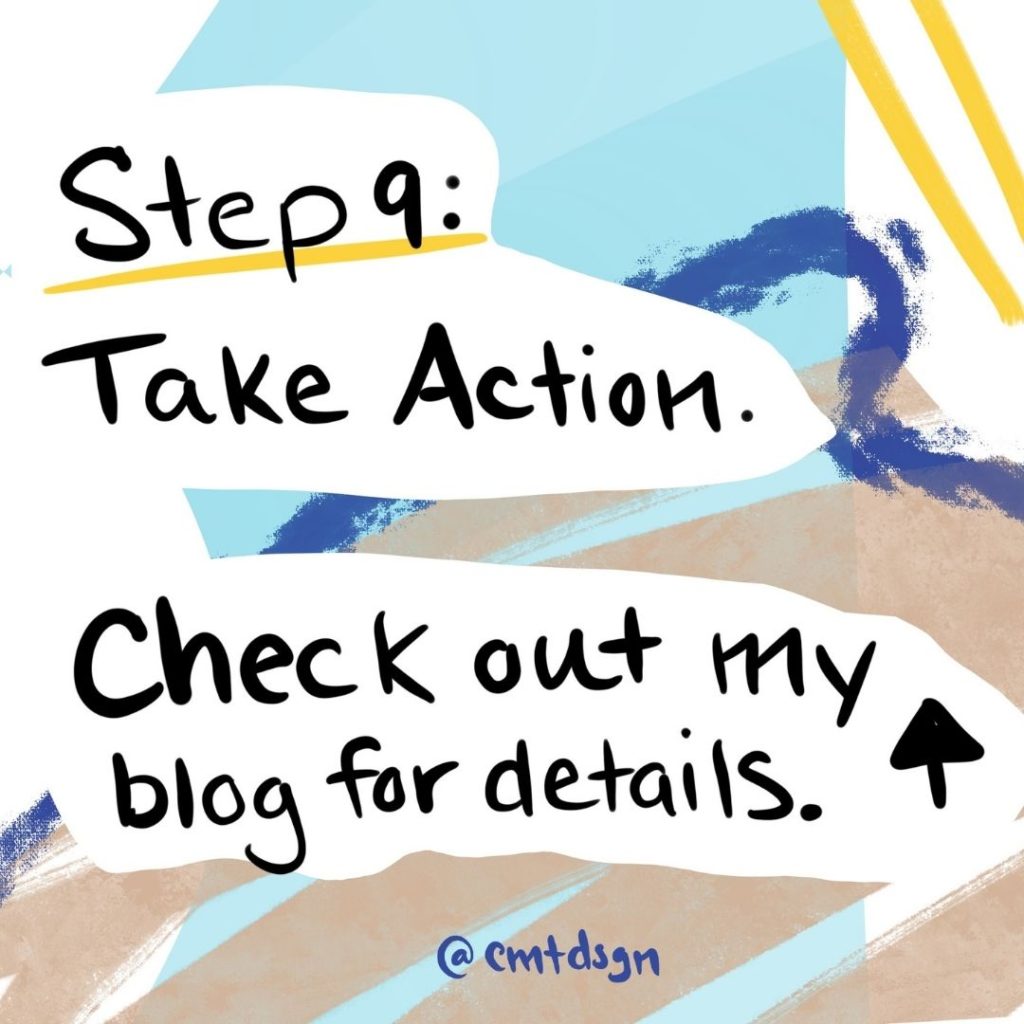
Step 9: Take Action
Lastly, once you find out the needs from the potential ideal client, you begin to implement this into your business and marketing plans for your brand. Are they looking for new courses? How can you deliver that through what you do? Start building a special offer after listening to their needs and desires, and you design something they truly want!
In conclusion, conducting market research may seem overwhelming. Grapple the right approach and tools to conduct effective research like a pro. Remember to set the intentions for this market research, identify your ideal client, search for those people, choose your research methods, create your research instruments, recruit your participants, collect and analyze your data, draw conclusions and take action. By following these steps, you will gain valuable insights into your ideal client, improve your brand strategy, and ultimately drive growth and success for your business.
